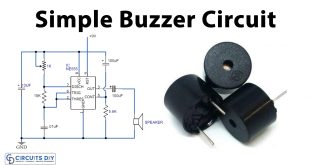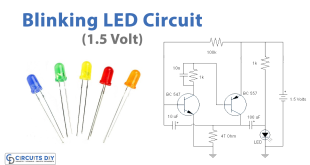3kVA Inverter versus 7kVA Inverter
In the area of power support courses of action, inverters expect a fundamental part in ensuring ceaseless power supply during blackouts or power cuts. They come in various sizes and capacities to deal with different necessities and conditions. Among the wide bunch of decisions open, the 3kVA and 7kVA inverters stand separated as well known choices, each offering specific advantages depending upon express essentials. In this article, we’ll dive into the differentiations between these two inverters to help you with making a good choice considering your necessities.
1. Breaking point and Result:
The fundamental differentiation between a 3kVA (3000 Volt-Ampere) and a 7kVA (7000 Volt-Ampere) inverter lies in their capacity and result limits. The kVA rating essentially shows the best weight a particular inverter can maintain without over-troubling. A 3kVA inverter is expected to manage a store of up to 3kVA, while a 7kVA inverter can maintain a higher load of up to 7kVA. This suggests that the 7kVA inverter has a basically higher breaking point and have some control over additional machines meanwhile diverged from the 3kVA inverter.
2. Machine Support:
The choice between a 3kVA and a 7kVA inverter depends by and large upon the number and kind of machines you intend to drive during a blackout. A 3kVA inverter is sensible for essential family needs, for instance, energizing lights, fans, television, computers, and little kitchen machines. Regardless, if you have a greater family with different constrained air frameworks, coolers, wellsprings, or other solid machines, a 7kVA inverter would be more reasonable to ensure good power supply without over-troubling the system.
3. Support Time:
Another fundamental part to consider is the support time given by each inverter. The support time is impacted by various factors, including as far as possible, load related with the inverter, and capability of the inverter. Generally, a 7kVA inverter would require greater batteries to assist its higher breaking point, achieving an extended support with timing stood out from a 3kVA inverter. If more long support ranges are crucial for your prerequisites, choosing a 7kVA inverter with reasonable battery support would be advantageous.
4. Cost Examinations:
Clearly, the cost of a 7kVA inverter is commonly higher than that of a 3kVA inverter in view of its greater breaking point and updated limits. Despite the fundamental interest in the real inverter, you in like manner need to calculate the cost of suitable batteries and foundation charges. Subsequently, it’s principal to survey your monetary arrangement goals nearby your power essentials to choose the most adroit course of action that resolves your issues.
5. Space and Foundation Requirements:
The real size and foundation essentials of the inverters are also worth considering. A 7kVA inverter is by and large greater and heavier than a 3kVA inverter in light of its higher cutoff and greater parts. Consequently, you’ll need to ensure that you have palatable space to oblige the greater unit and that the foundation region meets the indispensable ventilation and prosperity essentials.
End:
In summary, the choice between a 3kVA and a 7kVA inverter depends upon various components, including your power essentials, monetary arrangement, machine load, support time needs, and open space. While a 3kVA inverter could take care of business for additional unassuming families with basic power needs, a 7kVA inverter offers more conspicuous breaking point and adaptability, making it sensible for greater homes or establishments with heavier power demands. Finally, driving a thorough assessment of your necessities and chatting with experts can help you with picking the most sensible inverter reply for ensure trustworthy support power during power outages.



